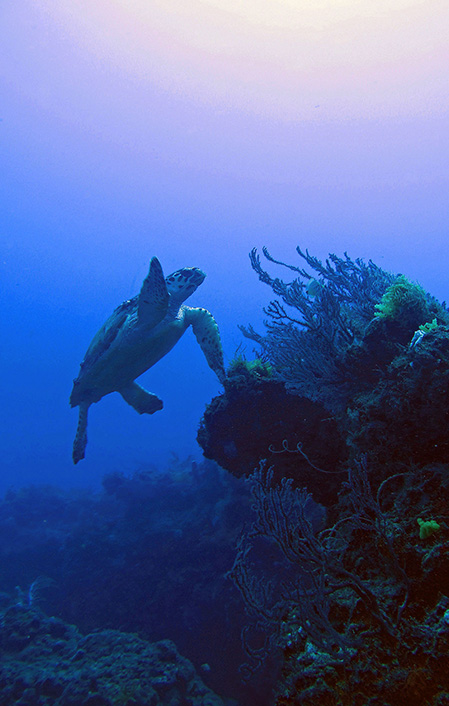Ocean sound is a complex issue—CSA understands ocean sound. Whether it is detection and classification of marine species, noise measurement, sound propagation, predictive modeling, or soundscape characterization; we take the approach that one size does not fit all. CSA uses the best available science and technologies to develop risk-minimizing results with a suite of solutions from simple to complex.

Ocean Sound Expertise
To provide an accurate level of change detection, long-term monitoring is necessary in order to quantify the contributions of each source. At the same time, monitoring is required to ensure that the shorter-term, acute contributions are minimized. The timing of deployment is crucial in that the data collection occurring before, during, and after an influx of operations will provide the greatest return on the analysis. These acoustic data can be used to provide long-term information about the local soundscape and the activities that presently occur and, furthermore, can be used as a benchmark for comparison with a future soundscape.
Sound and Offshore Exploration and Production
Exploration and Production (E&P) activities associated with oil & gas extraction from the marine environment come with certain inherent risks, including those of a social, safety, financial, operational, political, and environmental nature. A primary risk issue for today’s marine E&P companies is the generation of ocean noise and its subsequent potential impacts on receptors, including marine life. It is imperative that companies engaged in E&P activities conduct an appropriate assessment to ensure they have a comprehensive understanding of the associated risks and impacts for any given activity. They should demonstrate that all hazards have been identified and assessed to minimize risk of occurrence and that mitigation and control measures are in place to reduce impacts to an acceptable level based on company, stakeholder, and industry expectations. As projects become more costly and complex, there is a renewed focus on managing non-technical risks, notably those related to key environmental and social issues.
Offshore E&P operations introduce a wide range of sounds into the marine environment. Measurement, monitoring, and mitigation of E&P sound sources is critical for assessing potential impacts and developing strategies for operations to co-exist in these environments. For example, dominant sound frequencies produced by seismic sources (less than 200 Hz) overlap with frequencies used by mysticetes (baleen whales) and sea turtles, while the high-frequency content of seismic sound impulses overlaps with frequencies used by odontocetes (toothed whales and dolphins). Vocal behavior changes in marine mammals have been observed during seismic surveys, and the behavioral impacts on fish in response to seismic sounds may also impact the catch rates in some fisheries. Sound perception varies widely among marine species; therefore, there is no single model or agreement for sound source impacts to all marine species for all circumstances. CSA reviews marine sound in a risk analysis framework that can guide an E&P companies to avoid, minimize, and mitigate impacts in an informed and defensible manner.


